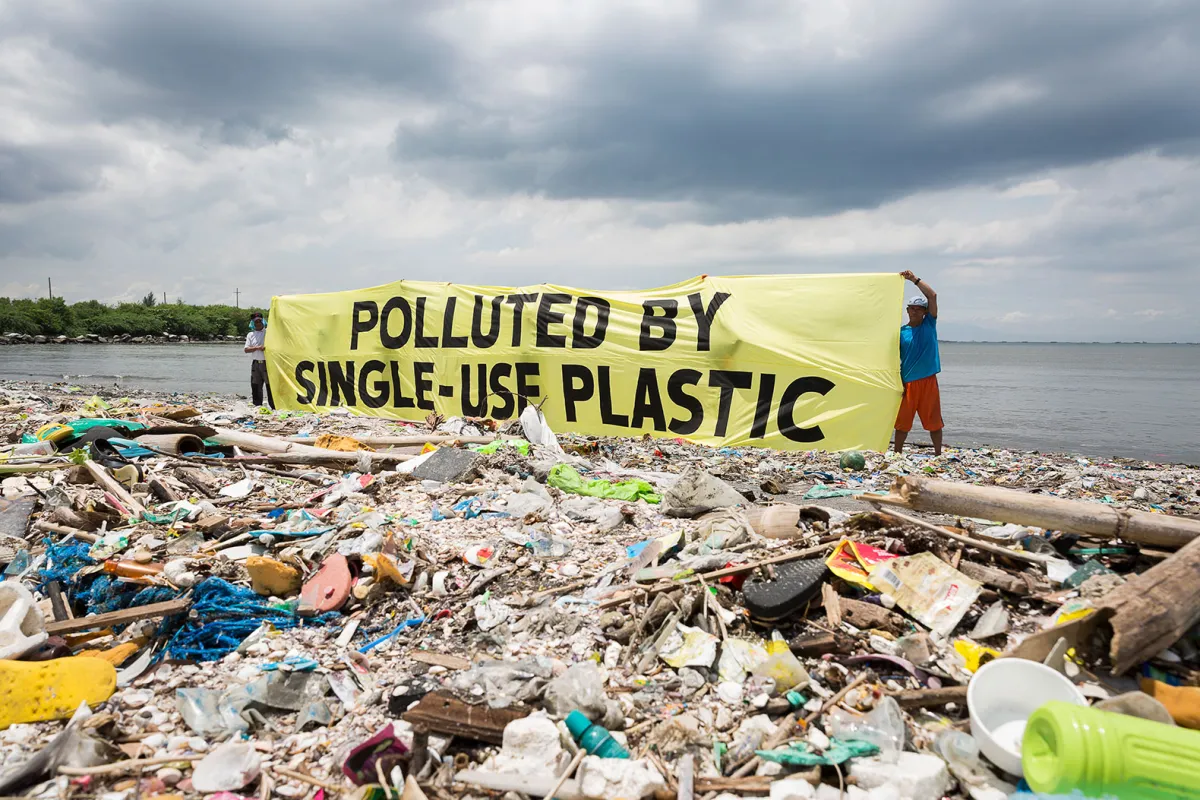West Des Moines, Iowa

Look at the clock because right now is the time for a change. 32% of the 78 million tons of plastic packaging produced annually is left to flow into our oceans; this is the equivalent of pouring one garbage truck filled with plastic per minute. If this continues, the ocean's plastic flow rate will double by 2030 and quadruple by 2050.
Plastic waste has highly detrimental effects on humans, marine life, and environment, and, most significantly, our future. Plastic waste that has not been appropriately disposed of can harmfully accumulate in the environment and eventually end up in marine ecosystems, potentially harming aquatic life and the food chain, which ultimately leads back to humans. Low-income communities are the most at-risk demographic as they are usually the target for factories that release a massive amount of pollutants. The existence of plastic in seafood, including fish and shellfish, and its consumption by the public, as a result, has elevated worries about chemical bioaccumulation in the food chain. Plastics also enter the food chain more directly, and research has discovered micro-plastic contamination in tap and bottled water and plastic contamination in sea salts in several countries. Also, marine animals are in danger because of ingesting plastics or entanglement, which harms the ecosystem's health and the fisheries' rural sustainability.
One way to address this issue could be for governments to apply taxes to discourage the manufacturing or use of single-use plastics and provide tax breaks, subsidies, and other financial incentives to encourage using alternatives to single-use plastics. An example of a successful result using this approach is Portugal in 2015, which imposed a €0.10 (about $0.12) per bag tax on producers for specified sizes of plastic bags. The consumption of these bags has fallen by 74% after four months. Another example is Denmark which implemented weight-based packing taxes in 1999 (amended more recently). Different rates apply to different types of plastic packaging, with recycled plastics having the lowest rate and primary plastics having the highest. Following implementing the carrying bag tax, Denmark is expected to have reduced its paper and plastic consumption by 70%. Portugal and Denmark, for example, have effectively employed these economic mechanisms to boost the use of reusable and recycled products.
Another solution involves extended producer responsibility (EPR) programs. These programs compel manufacturers to be financially and physically accountable for managing and disposing of single-use plastic products at the end of their useful lives. These legislative tools can ensure more sustainable designs by holding manufacturers responsible for single-use plastics during their products' collection, recovery, recycling, or reuse. Companies can achieve this by recycling or reusing things, purchasing them back, or hiring a third party to manage their trash. EPR moves the financial burden from local government to manufacturers, incentivizing businesses to create and manufacture more environmentally friendly products since 1994. The EU has operated an EPR program on the packaging. Manufacturers will be financially rewarded for reducing packaging, increasing recyclability, using recycled materials, investing in more consistent collection and processing infrastructure, and educating customers as a result of this policy research. This program has benefited five Canadian Provinces, the European Union, and countries on every continent, some for as long as 30 years.
Plastic waste is now an occupant of the ocean, the air, and people's bodies. Creating environmental and sustainability policies can reduce the projected possibilities–100 million tons in 2030– for more plastic waste circulation and can save many lives. Public health, biodiversity, and clean water are crucial for living organisms. If we don't act soon, the environmental clock will only tick faster and faster.


